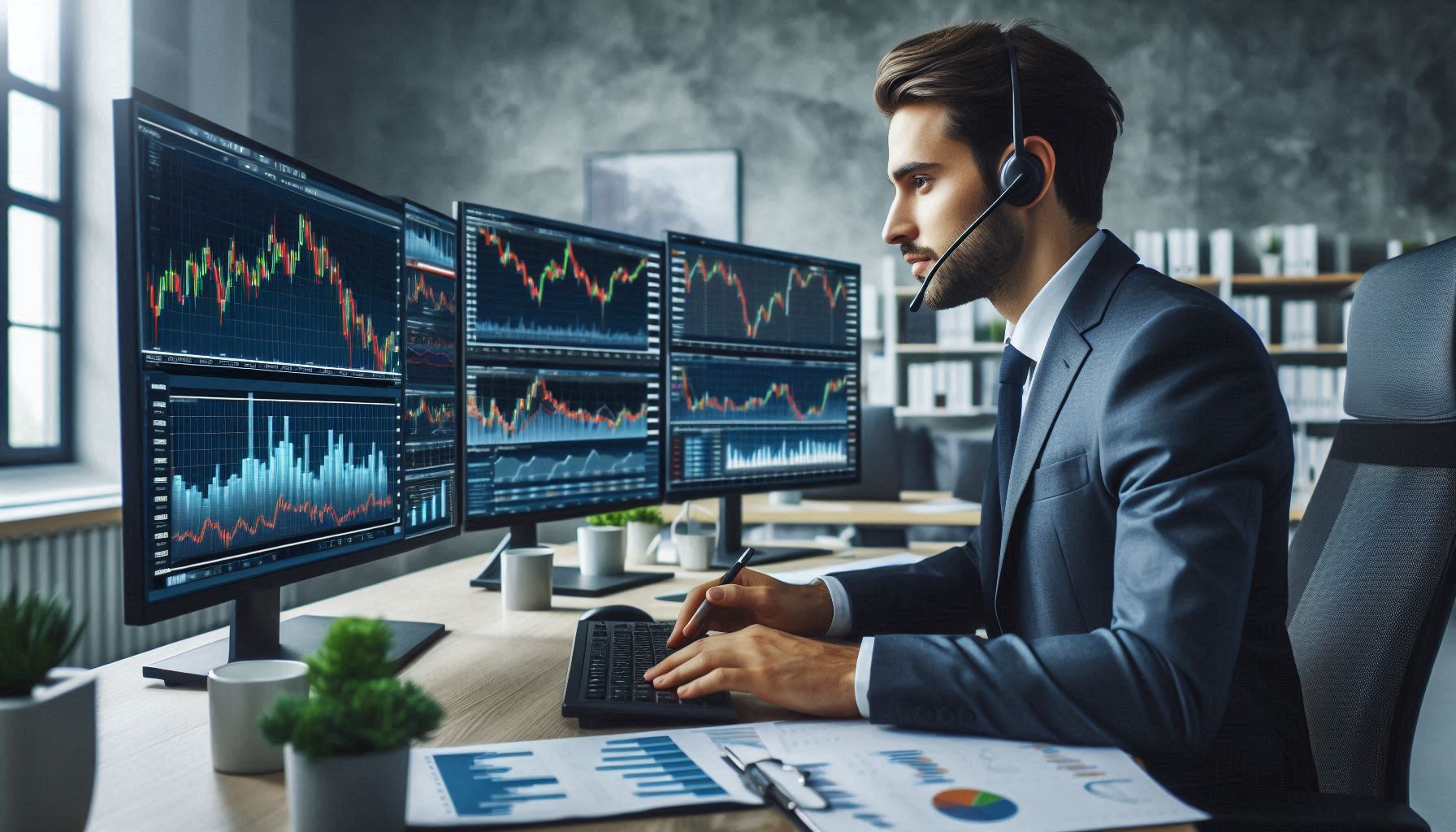How to Trade Before the FOMC: Common Mistakes, Real Opportunities, and a Bit of Patience
Q: Why does the market feel like it’s “faking out” before big events like the FOMC meeting?
Because it often is. Ahead of major catalysts, the market tends to settle into a range defined by prior session levels. Big players—like institutions, algos, and market makers—aren’t necessarily chasing moves here. They’re waiting.
What looks like a breakout or a crash to retail traders is often just a leg inside that range, and price reverses once enough traders have been trapped.
Q: So what range are we talking about today in ES futures?
Using the S&P 500 E-mini Futures (ES) as an example, here are yesterday’s key levels:
-
Value Area High (VAH): 6421.5
-
Point of Control (POC): 6406.0
-
Value Area Low (VAL): 6398.0
That’s the box we’re playing in—until the FOMC hits.
Q: Can I still trade this kind of setup, or should I sit it out?
You can absolutely trade it—just trade it for what it is.
In my experience, these are actually great intraday opportunities to trade the range. The trick is to know your levels, trade around them, and stay humble. Price tends to bounce around between VAL and VAH as traders wait for the next catalyst. That’s your zone.
Q: What’s the biggest mistake traders make before the FOMC?
Two things:
-
Believing the hype of a leg—you see price pushing toward the high end of the range and think, “this is the breakout,” only to watch it snap back and trap you.
-
Overtrading—getting sucked into every wiggle. That’s when market makers eat you alive. You lose your edge, and worse, your discipline.
Q: What’s the better mindset here?
Here’s your power tip:
Don’t try to take the entire move from VAL to VAH or vice versa. You don’t need to catch every tick.
Price might reverse before hitting the far edge. Aim to catch a good piece of the move, then step back.
And most importantly, don’t force trades. If you didn’t get a clean entry, leave it. No one is grading your activity. This is trading, not a workout routine.
Q: Is this article trying to predict what happens after the FOMC?
No. This is not a forecast for after the meeting. Once the FOMC hits, a whole new market can open up. Volatility spikes, new levels get tested, and the game changes.
This is purely about the setup before the catalyst—when price is often contained and traders get emotional about moves that probably won’t hold.
Q: So what should I do next?
-
Map your levels (VAH, POC, VAL)
-
Be patient
-
Look for clean setups near range extremes
-
Manage your position size
-
Get out with a good profit, not all of it
-
Walk away when it’s done
The market’s not going anywhere. But your capital will if you let emotions drive your trades. As you develop, do visit investingLive.com (formerly ForexLive.com) as we develop with you across a wider spectrum of financial instruments, intelligent news, education and decision-support.
This article was written by Itai Levitan at investinglive.com.
